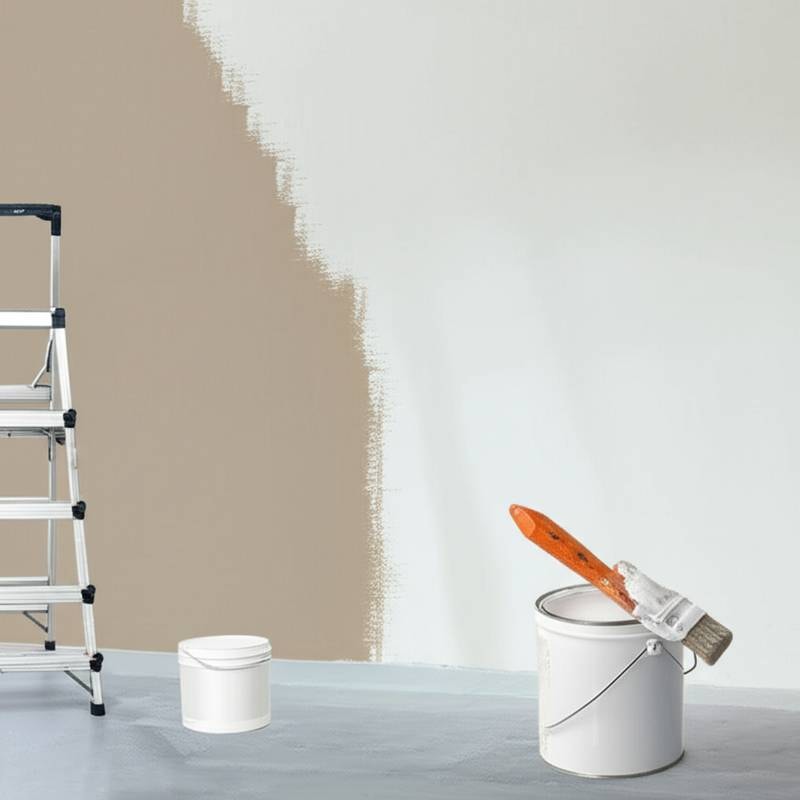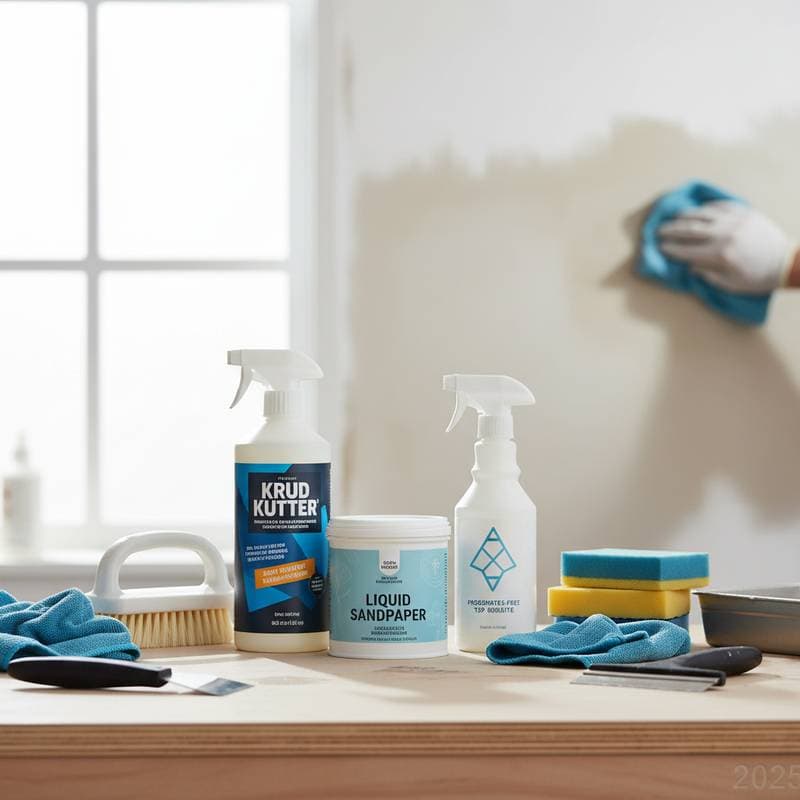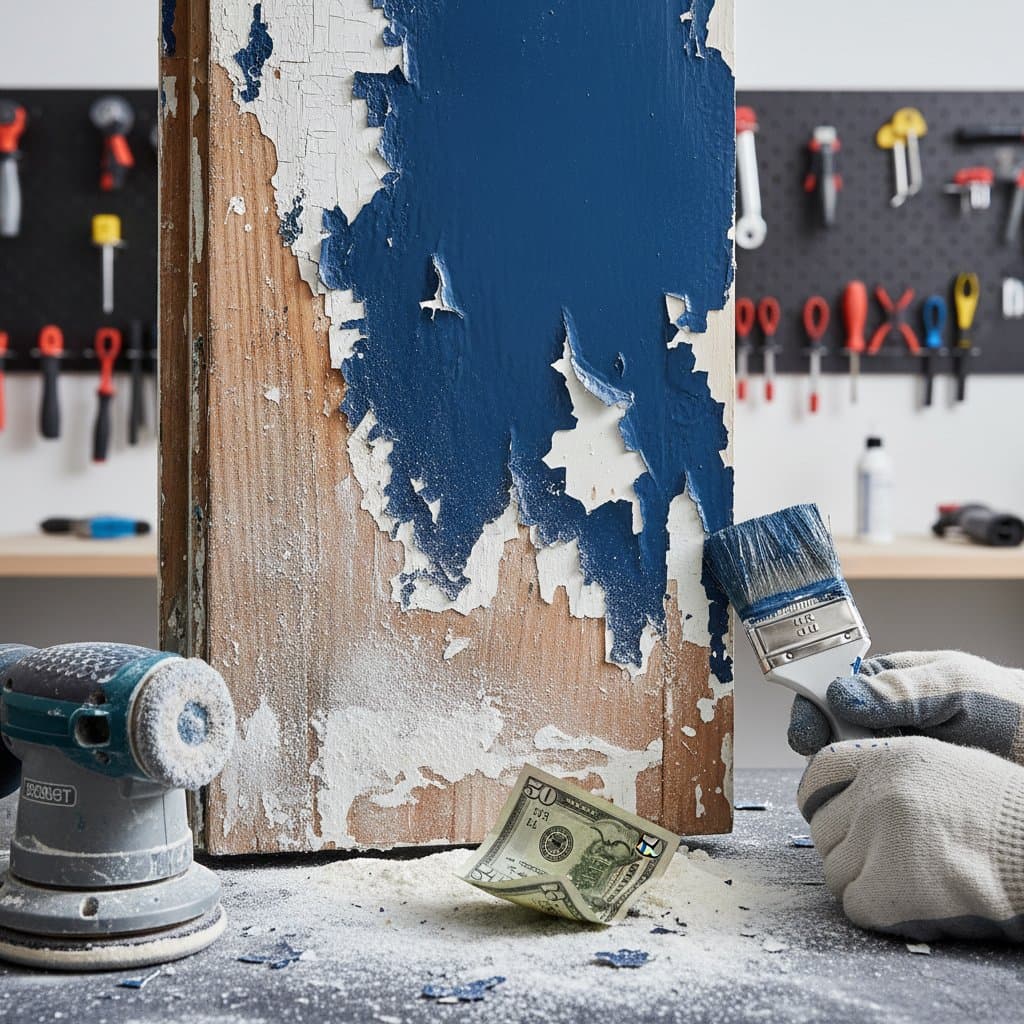Why Limewash Doubles Painting Labor Costs in 2025
Homeowners interested in natural finishes and timeless textures often consider limewash as an alternative to modern paints. It creates a unique, breathable surface with a soft, mottled look that standard paint cannot replicate. While the results can be beautiful, many are surprised when they discover that limewash frequently doubles the labor costs of a typical painting project. Understanding why this happens can help you make informed decisions about whether limewash is right for your home.
Project Cost Breakdown
Average Cost Ranges
- Basic limewash project: $3,500 - $5,500
- Standard limewash project: $6,000 - $9,000
- Premium limewash project: $9,500 - $14,000
These ranges reflect labor, materials, and preparation for an average-sized home or large interior space. By comparison, traditional paint on the same surface might cost half as much.
What's Included
- Labor-intensive surface preparation, often requiring cleaning, patching, and priming
- Multiple coats of limewash applied by hand with specialized brushes or sponges
- Drying and curing time between applications
- Final touch-ups to ensure consistent appearance
- Cleanup of mineral-based materials and protective coverings
What Costs Extra
- Removing old paint or coatings to expose bare masonry or plaster
- Specialty finishes like layered limewash effects or aged textures
- Waterproofing or sealing in areas exposed to heavy moisture
- Extensive repair work on aging brick or stucco surfaces
Factors That Affect Final Cost
| Factor | Cost Impact | Examples |
|---|---|---|
| Surface condition | +$500 to $2,000 | Removing peeling paint, repairing cracks, or stripping coatings |
| Application technique | +20-40% labor | Using layered or textured finishes vs. flat application |
| Material quality | +$200 to $800 | Premium limewash blends with natural pigments |
| Project size | Scales with area | Larger masonry surfaces require longer application time |
| Climate conditions | Potential delays | Humidity or rain extending drying times |
Why Labor Costs Double
The main reason limewash doubles labor costs is the application process itself. Traditional paint can often be rolled or sprayed quickly in broad strokes. Limewash, on the other hand, requires slow, deliberate application with natural-bristle brushes. Each coat must be applied in overlapping strokes to create the distinctive cloud-like finish.
Drying time also plays a part. Standard paint may need only a few hours before the next coat. Limewash often requires a full day to cure between coats. This extends project timelines and increases the number of labor hours billed.
Another factor is the skill requirement. Few painters are trained in limewash techniques, and those who are must invest more time in detail work. This expertise comes at a higher cost, which is passed on to the homeowner.
Professional vs. DIY
Some homeowners consider applying limewash themselves to save money. While possible, the results are rarely comparable to professional work.
- Skill requirements: A steady hand and experience with brush techniques are essential.
- Time investment: DIY application can take twice as long due to inexperience.
- Tools and equipment: Specialized brushes and protective gear are needed.
- Quality expectations: Uneven coverage and streaks are common for first-time users.
For small accent walls, DIY may be feasible, but for large exteriors or full interiors, professional service is strongly recommended.
Contractor Selection
Planning Your Project
Frequently Asked Questions
1. Why does limewash take longer to apply than paint?
Limewash requires multiple coats, careful brush application, and longer drying times. Each layer must cure before the next, which adds days to the process.
2. How much more should I budget for limewash compared to paint?
Expect to spend about twice as much on labor. A project that costs $4,000 with paint may cost $8,000 with limewash.
3. Can I apply limewash over existing painted surfaces?
No, limewash bonds best to porous masonry, brick, or plaster. Painted surfaces must be stripped or prepared before application.
4. How do I choose the right contractor for limewash?
Ask about their limewash experience, request references, and review photos of their past limewash projects. A standard painter may not have the expertise needed.
5. Does limewash require special maintenance after application?
Limewash weathers naturally, which is part of its charm. Touch-ups may be needed over time, but full recoating is less frequent than with paint.
6. What surfaces are best suited for limewash?
Brick, stucco, stone, and plaster are ideal. Drywall and wood are less compatible unless properly treated.



